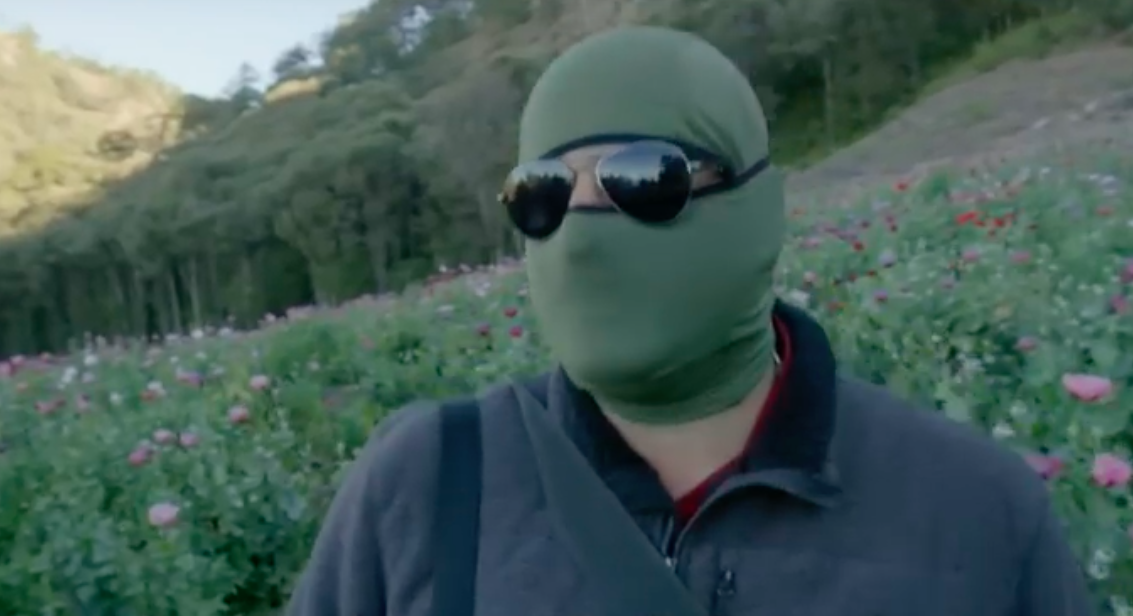
When authorities cracked down on prescription opioids, the hope was that opioid-related fatalities would decrease. But when their prescription opioid supply was cut off, many of those struggling with prescription opioid use turned instead to the black market, a new study says.
The study, published by the American Action Forum, took a look at the types of opioids at fault for the increasing amount of overdose deaths in the United States.
The study found that between 2013 and 2016, deaths related to heroin and synthetic opioids increased by a whopping 84.2% each year.
The authors, Ben Gitis and Isabel Soto, said one reason for this is that the synthetic drugs are often ingested without a person knowing it. According to The Crime Report, this is because synthetic opioids tend to be mixed with heroin to “increase its potency and value.”
Synthetic opioids are also made into counterfeit pills that resemble prescription opioids.
“Additionally, the practice of mixing synthetics into other substances has expanded beyond heroin, with users and dealers mixing synthetics with stimulants like cocaine,” read The Crime Report.
Though overdose deaths have increased greatly, the number of opioid prescriptions actually dropped in 2010, along with prescription opioid fatalities.
According to The Crime Report, “The annual growth rate of deaths involving prescription opioids slowed from 13.4% before 2010 to 4.8% after that.”
This is the case for various reasons, according to the study. Authorities cracked down on physicians and began prescription drug monitoring programs. These moves left those with opioid addiction struggling, and researchers believe that they then turned to the black market to get their opioid fix.
“Transnational criminal organizations have been capitalizing on the nation’s rising opioid dependency by producing and distributing an abundant supply of these illicit and lethal opioids… the nation’s significant efforts to curb the availability of prescription opioids may have shifted demand to more potent, illegal opioids,” study authors said.
Now, study authors state, the black market for opioids continues to grow. Authors found that cartels that did not previously bring heroin into the U.S. are beginning to do so because of competition, and that these cartels have “cell heads” in the major U.S. cities of New York, Pittsburgh and Baltimore.
“This consequence suggests that combating opioid dependency requires a comprehensive approach: continuing to address the supply of legal prescription opioids, but also more effectively treating dependency and cutting off the supply of illicit opioids,” study authors wrote.
